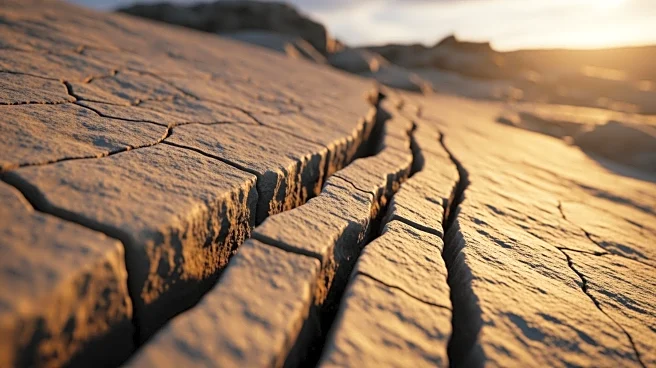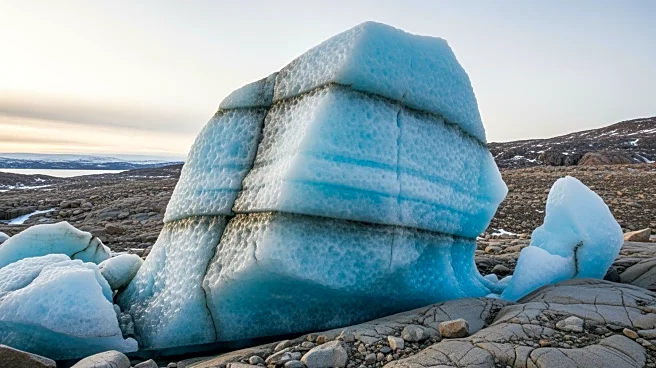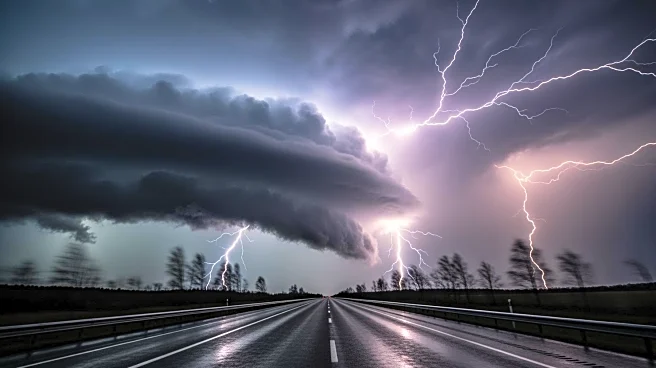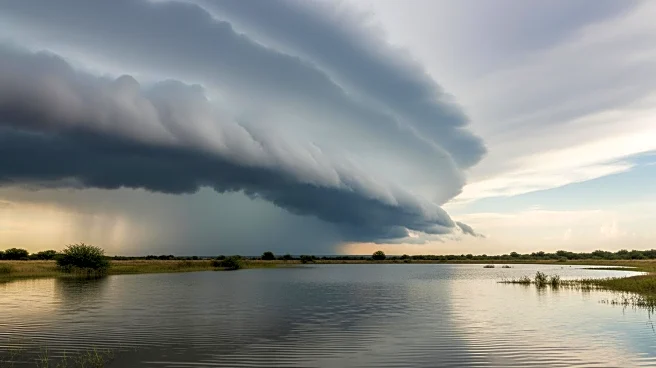What's Happening?
Geologists have raised concerns about the Tintina Fault, a massive tectonic fault stretching over 1,000 kilometers from British Columbia to central Alaska. Despite being dormant for over 12,000 years,
new geophysical data suggests the fault is building pressure, potentially leading to a magnitude 7.5 or stronger earthquake. This revelation challenges previous assumptions about the region's seismic activity and calls for a reevaluation of risk models and seismic policies. The fault's location beneath strategic mining zones and vital infrastructure heightens the urgency of these concerns.
Why It's Important?
The potential activation of the Tintina Fault poses significant risks to infrastructure and communities in the affected regions. A major earthquake could disrupt mining operations, road corridors, and hydroelectric facilities, impacting economic activities and public safety. The findings urge a revision of seismic hazard models, which could lead to changes in construction standards and emergency preparedness strategies. The broader implications include heightened awareness of hidden seismic threats and the need for ongoing geological research to mitigate future risks.
What's Next?
Researchers are advocating for targeted paleoseismological studies to better understand the fault's behavior and potential earthquake cycles. These studies could inform updates to seismic hazard frameworks and guide infrastructure planning in the region. The scientific community is expected to increase monitoring efforts and collaborate on strategies to address the potential threat. Public policy adjustments may follow, focusing on disaster preparedness and risk mitigation in light of the new data.
Beyond the Headlines
The discovery highlights the limitations of traditional fault classification systems and the importance of continuous updates to seismic hazard frameworks. The role of glacial isostatic adjustment in influencing rupture timing adds a complex layer to understanding seismic risks. This underscores the interconnectedness of geological processes and climate change, prompting further research into how these factors may accelerate or alter earthquake cycles.












